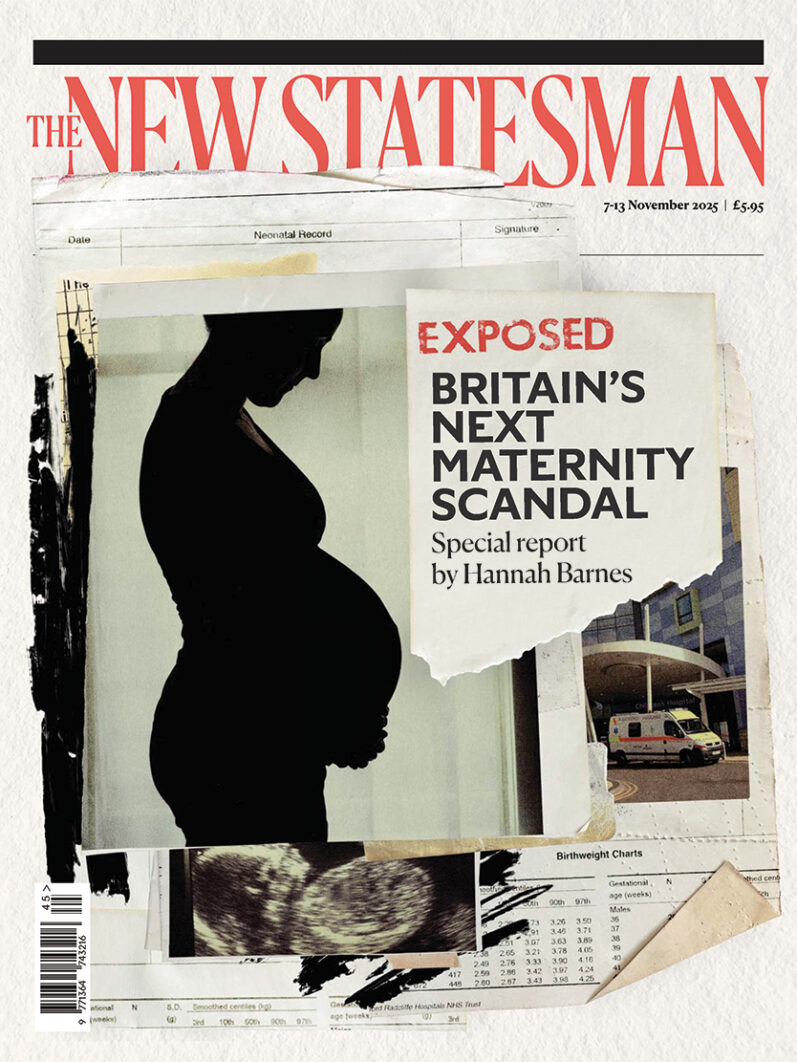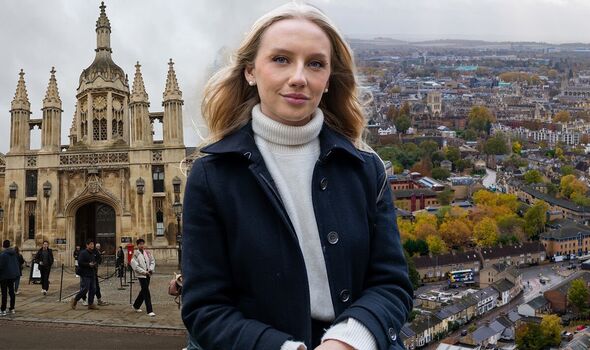Journalism today faces significant challenges, particularly in the wake of rapid information dissemination and the impact of social media. This was starkly illustrated following a mass knife attack on a train in Cambridgeshire, which became news almost instantaneously, reflecting how far the media landscape has evolved since the mid-20th century.
Reflections on the Past
In the offices of the New Statesman, a black-and-white photograph of former editor Kingsley Martin serves as a reminder of a different era. Martin edited the magazine for three decades from 1930 to 1960, a time when journalism operated under vastly different circumstances. His portrait captures a moment of calm, in stark contrast to the chaotic reality journalists face today.
Flipping through a Jubilee edition from 1963, one can see advertisements for products like the two-door Ford Cortina priced at £573, alongside commentary that reflects a world grappling with its own challenges. A cartoon from that era depicts a couple observing a modern Britain riddled with strip clubs and skyscrapers, accompanied by the caption, “Yeah – just what did people DO 50 years ago?” This sentiment resonates today, as the feeling of decline persists.
The Modern News Cycle
On the morning of the recent attack, the immediate access to information was overwhelming. Unlike in 1963, when John Freeman would have waited for facts to emerge, today’s journalists are bombarded with a continuous stream of updates, often lacking context and reflection. As I prepared for a day filled with responsibilities, including getting children ready for football, the urgency to understand the unfolding situation consumed my thoughts.
The decision-making process for covering the attack became complicated as videos circulated online, depicting increasingly graphic scenes. Conversations with the reporting team revolved around the importance of responsible journalism, which includes avoiding speculation and focusing on verified facts. This approach contrasts sharply with the emotional reactions that often dominate social media platforms.
As the day progressed, the narrative surrounding the attack shifted dramatically. Initial reports suggested multiple attackers, but this was later corrected to a single individual. Such rapid changes exemplify the complexities of modern journalism, where fact-checking can be overshadowed by the fast-paced flow of information. The constant barrage of news raises questions about the ability to govern effectively, especially as public sentiment grows increasingly critical of government actions.
In the latest issue of the New Statesman, we strive to emphasize the importance of reflection and inquiry as foundational to journalism. Anoosh Chakelian provides an analysis of the train attack, while Hannah Barnes investigates maternity services at Oxford University Hospitals NHS Foundation Trust. This investigation, a collaboration with Channel 4 News, took four months to complete and showcases the dedication to uncovering the truth, despite the discomforting nature of the findings.
As I closed the Jubilee edition, searching for a glimmer of optimism, I encountered a piece by RHS Crossman, who expressed hope that “the long winter of our discontents seems to be over.” Unfortunately, that optimism feels distant today, as the landscape of journalism remains fraught with challenges. The quest for truth and thoughtful reporting continues to be paramount in navigating this complex environment.







